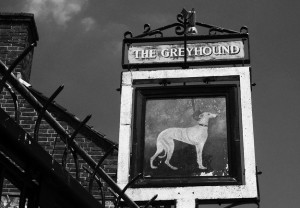
Hair of the Dog
From the Roman taverns of the 1st century AD, through Anglo-Saxon alehouses, to the contemporary public house, the proverbial ‘local’ is a cornerstone of English social culture.
s READ MORE
From the Roman taverns of the 1st century AD, through Anglo-Saxon alehouses, to the contemporary public house, the proverbial ‘local’ is a cornerstone of English social culture.
s READ MORESamuel Pepys, one of London’s best-know sons and lovers, prolific 17th century diarist and keen tavern-goer, aptly wrote that “the pub is the heart of England.”
From the Roman taverns of the 1st century AD, through Anglo-Saxon alehouses, to the contemporary public house—from which the word pub is derived—the proverbial ‘local’ is a cornerstone of English social culture.
And the sign that hangs above the pub’s door is not only a herald of conviviality, but historically, told a colourful tale of the customs and history of its patrons.
The tradition of pub signs can be traced back to Roman shops that hung vine leaves outside their doors to advertise that they sold wine. This was co-opted by alehouse owners who would display a long pole (the stick used to stir beer during the brewing process) to promote their wares. As drinking establishments proliferated during the Middle Ages so the need grew to identify them by name. But as the majority of the population at that time was illiterate, pictorial signs became a way for people to visually distinguish one pub from another.
The practice was enshrined in law in 1393 when King Richard II decreed that “whoever shall brew ale in the town with the intention of selling must hang a sign.” Although, technically, this was in order to make alehouses easily visible to inspectors and official tasters, it set the precedent for a custom that continues to this day and which is a keen topic for preservationists, collectors and drinking enthusiasts.
The earliest signs, following the Roman tradition, tended to show items associated with the brewing process, such as bunches of hops. Simple natural or religious symbols were also popular (a sun, star or cross), as were farm animals and implements, and even heraldic elements of the lords who owned the land on which the pub stood. Other subjects that lent themselves to being easily understood in visual form included famous battles and military heroes, trades and sports, myth and folklore, and the nobility. In fact, it is said that all pubs granted a licence in 1780 were called The Royal George, to mark the 20th anniversary of King George’s coronation. The most common pub name in the UK, The Red Lion, is derived from King James I of England and VI of Scotland.
And of course, where would emblematic depictions of British life and times be without our trusty canine companions? The most popular doggy-style pub names in the UK are the Greyhound, Fox&Hounds, and Hare&Hounds, which number over 100 establishments each. Here we present to you a selection of London-based poochy pub signs—some traditional, some rather more modern—we’ve come across while wandering, and drinking, in the city.
—
All images by Amy Freeborn
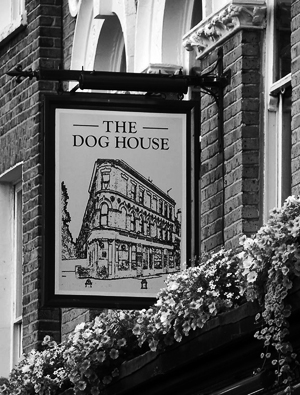
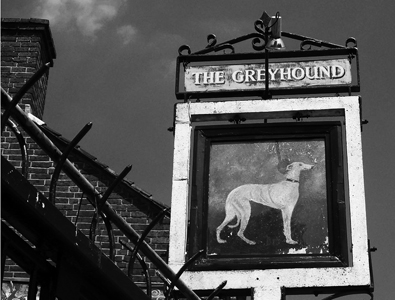
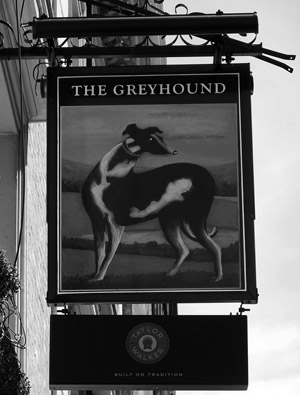
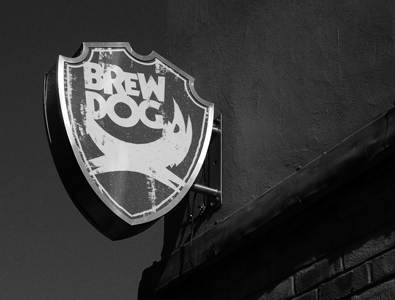
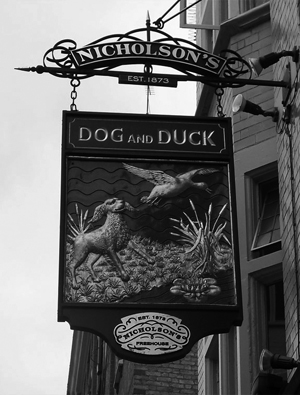
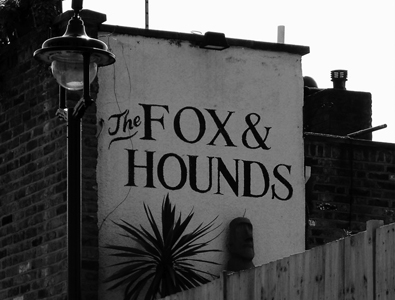

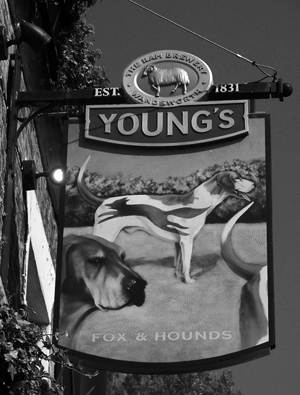
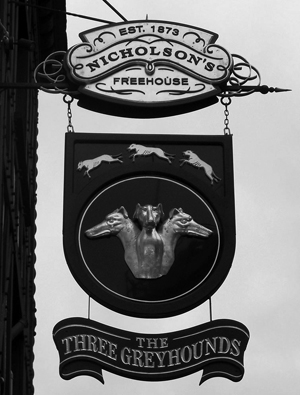
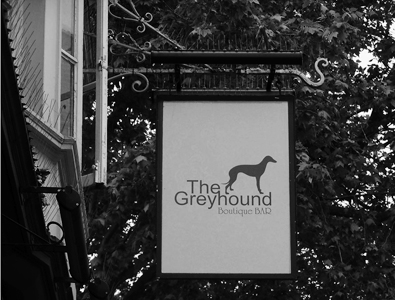
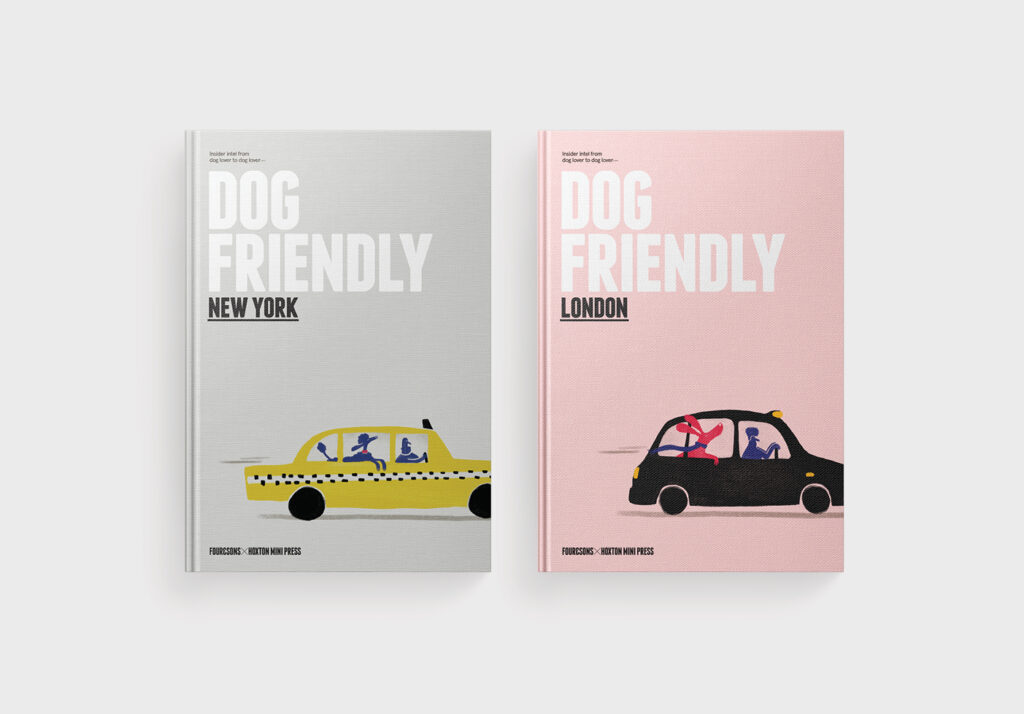
We are thrilled to introduce Dog-Friendly, a collection of city guides for dog-loving people, created together with our long-time contributor, photographer Winnie Au, and fellow enthusiasts, indie publisher Hoxton Mini Press. Available for purchase here.
August 25, 2021
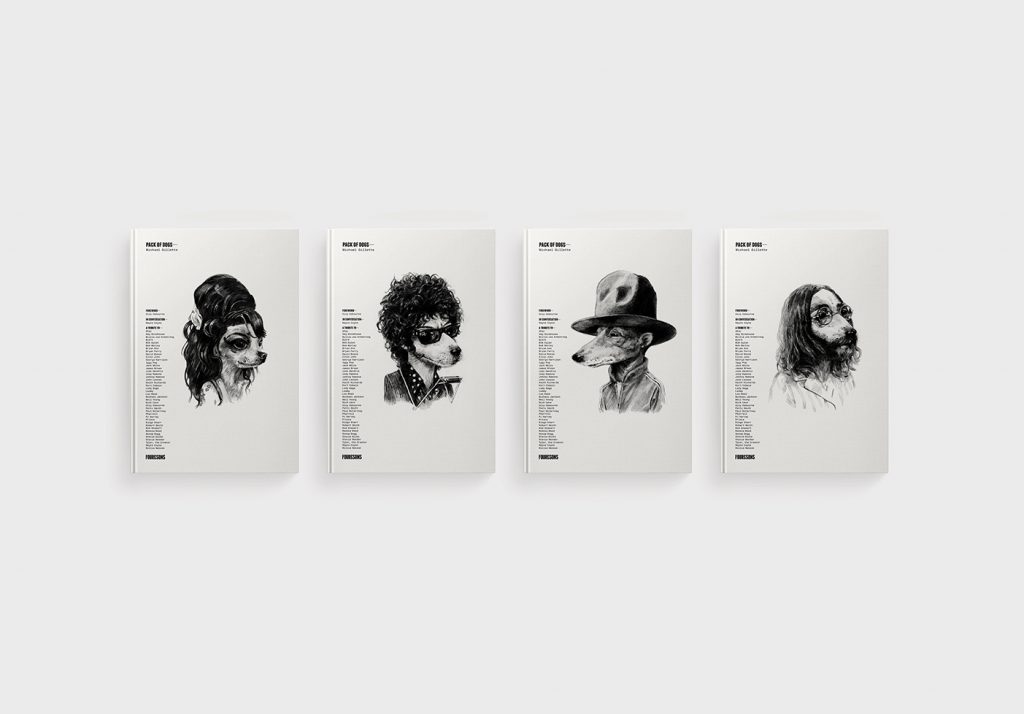
Have you ever imagined Amy Winehouse or Nick Cave as a Chihuahua, Neil Young as a Vizsla, or PJ Harvey as an Afghan hound? That’s exactly what San Francisco-based artist Michael Gillette has done through his unique illustration project, blending beloved, iconic music legends, both past and present, with their dog counterparts. Pack of Dogs, our first foray into book publishing, is a celebration of pup and pop culture for music and dog lovers alike.
August 25, 2020
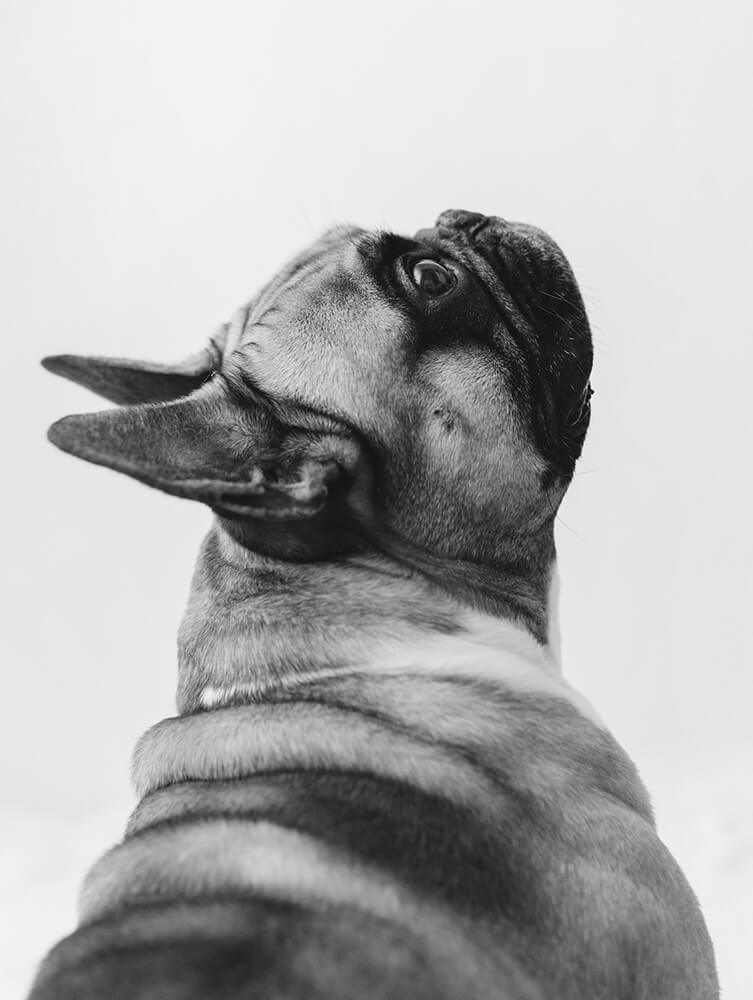
Spanish photographer Sara Monsalve strives to ‘capture your memories’—to immortalise the beauty, innocence and wisdom of our pets.
November 8, 2023
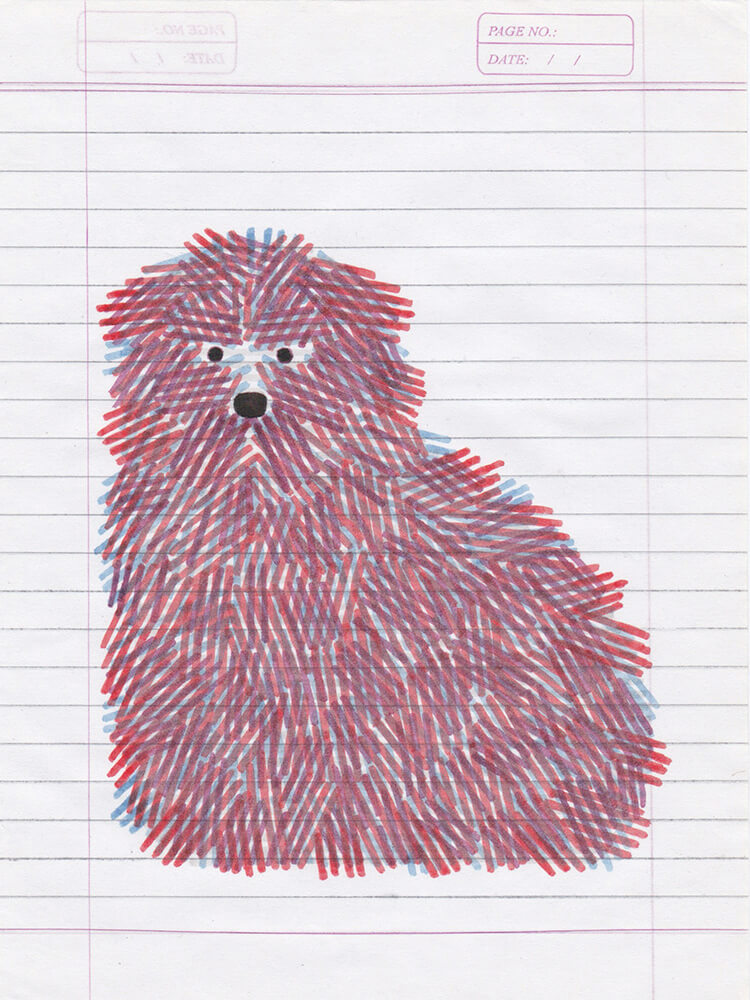
French artist Jochen Gerner distils the magic and energy of dogs using disarmingly simple techniques, relying on felt pens and school notebooks.
November 3, 2023
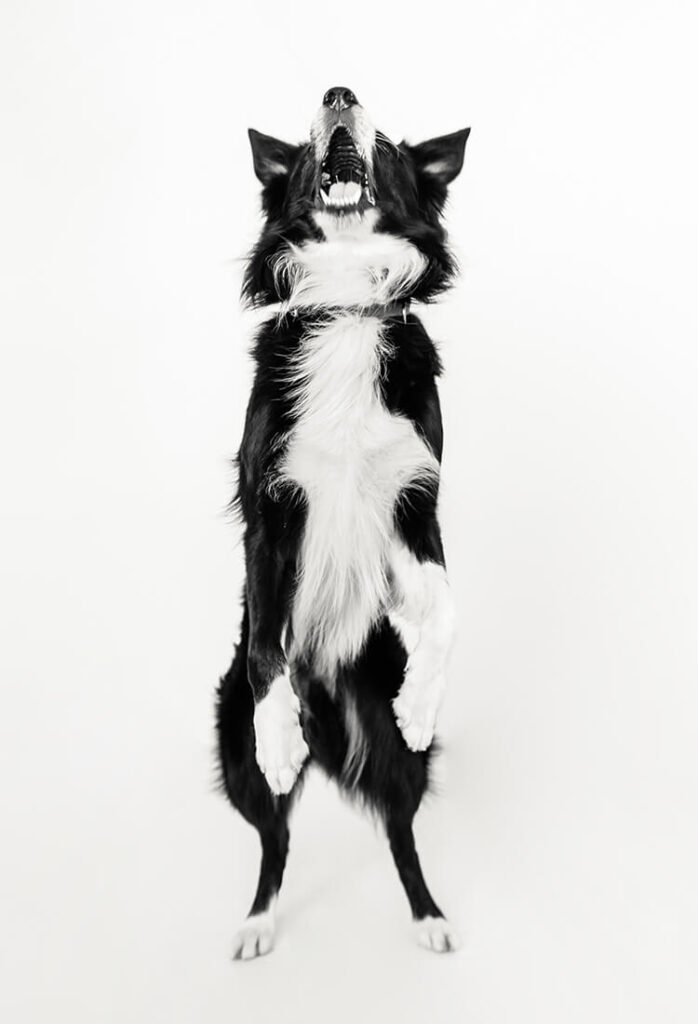
Photographer Rebecca Rinaldi knows that to capture a dog’s true essence, play is the key ingredient.
July 13, 2023
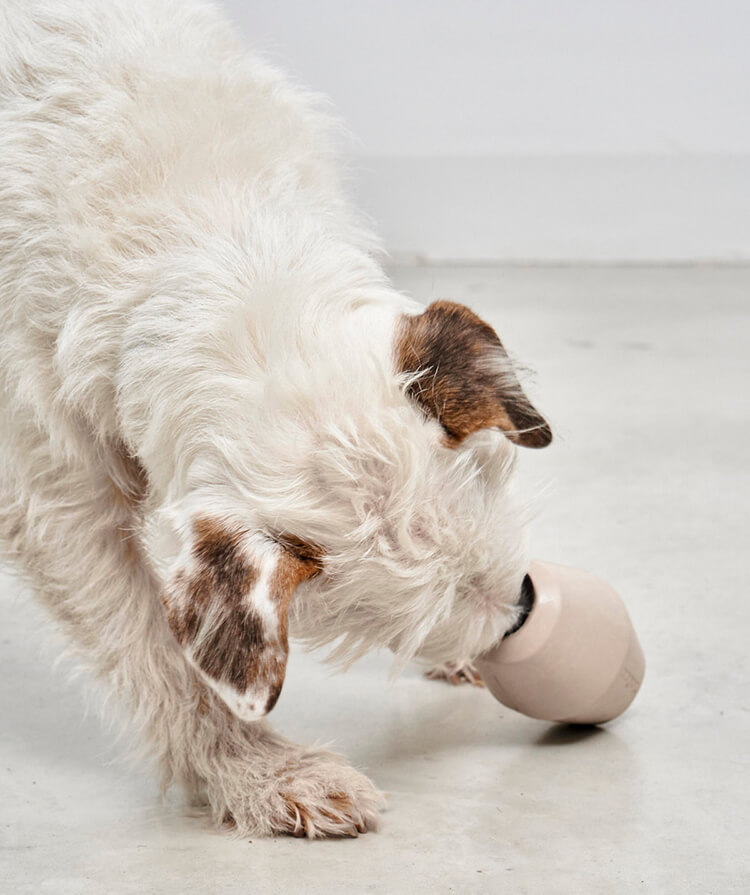
An antidote to mass-produced dog accessories, MiaCara’s range of carefully crafted toys are designed to surprise, endure and delight.
July 12, 2023
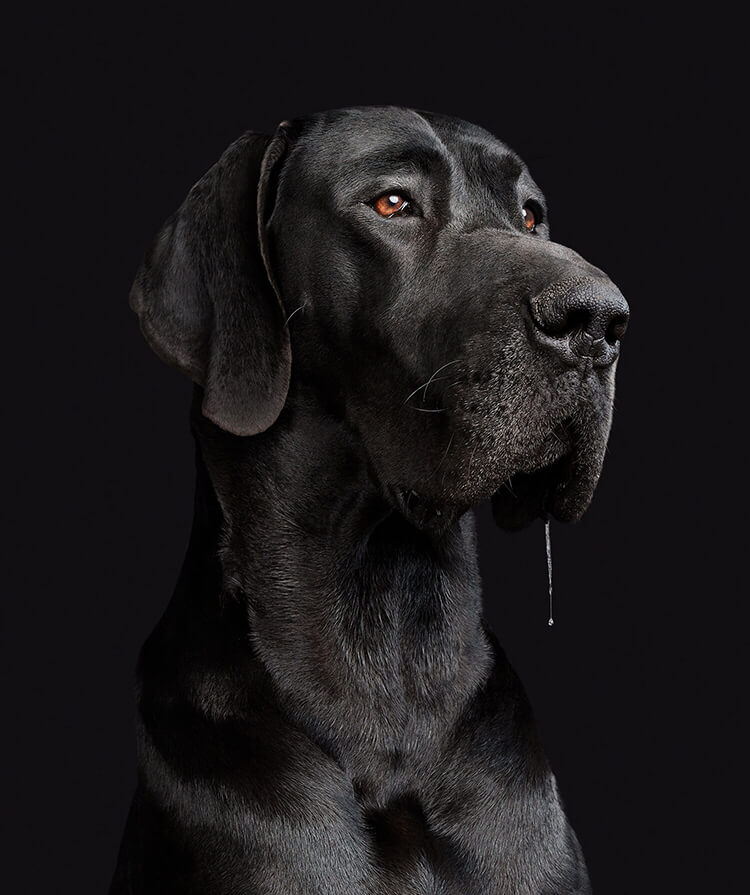
Photographer Randal Ford’s fierce clarity draws dogs’ personality to the fore to reveal each animal’s “true essence”.
June 8, 2023
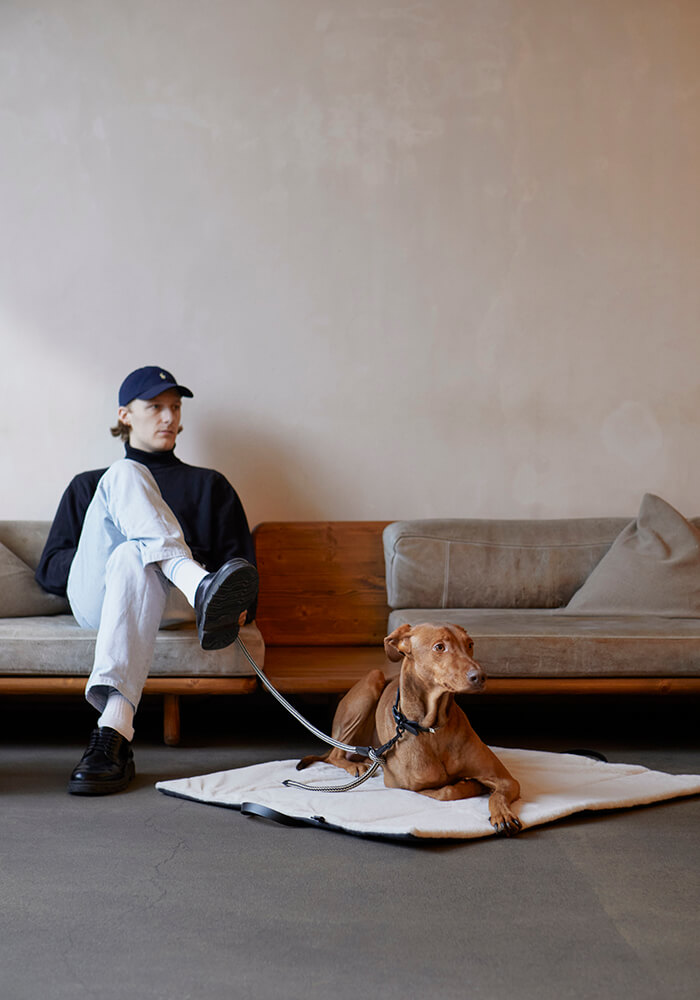
Moving your buddy from A to be B becomes an exercise in style, comfort and convenience with Cloud7’s Travel Collection.
June 2, 2023
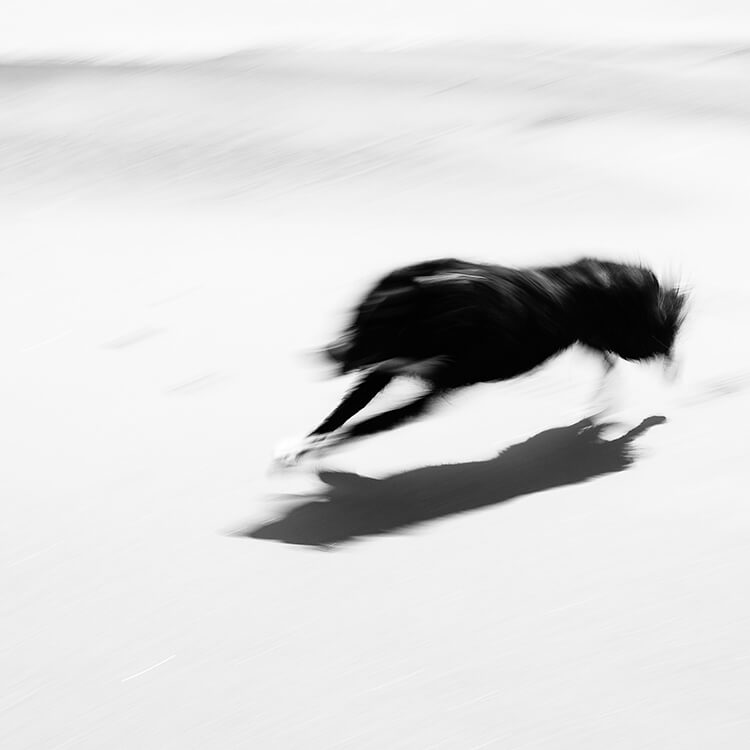
In his series ‘Kinetic’, San Diego-based photographer James Lee celebrates dogs at full speed.
May 7, 2023
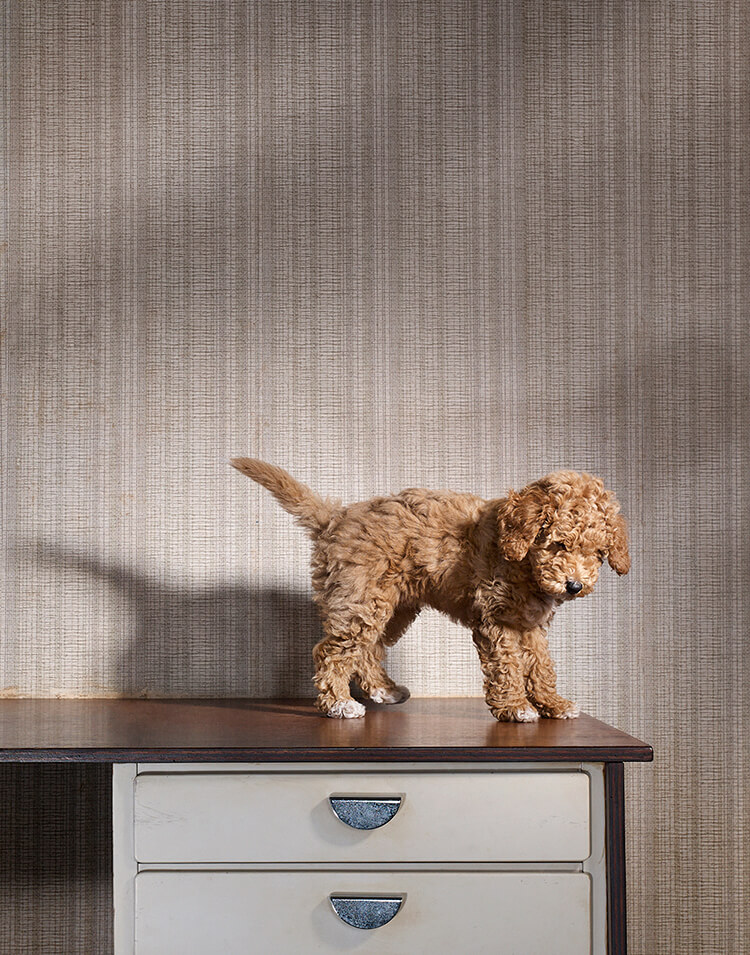
Jouk Oosterhof photographs Amsterdam’s beloved family members (with a dash of lifestyle accessory).
May 3, 2023
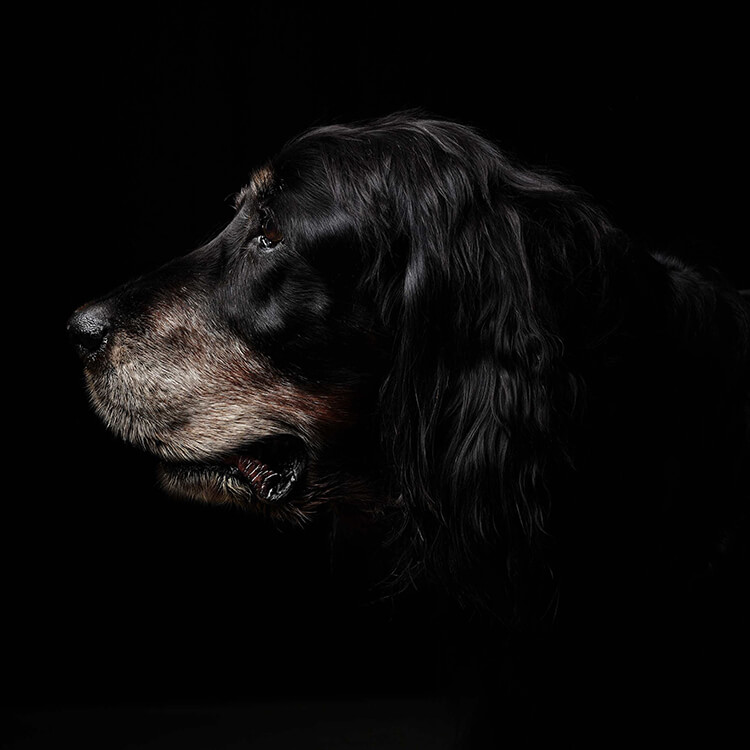
What started as a fundraising effort to save photographer Kristoffer Paulsen’s beloved dog Josie, morphed into Melbourne’s most in-demand pet portraits.
March 31, 2023
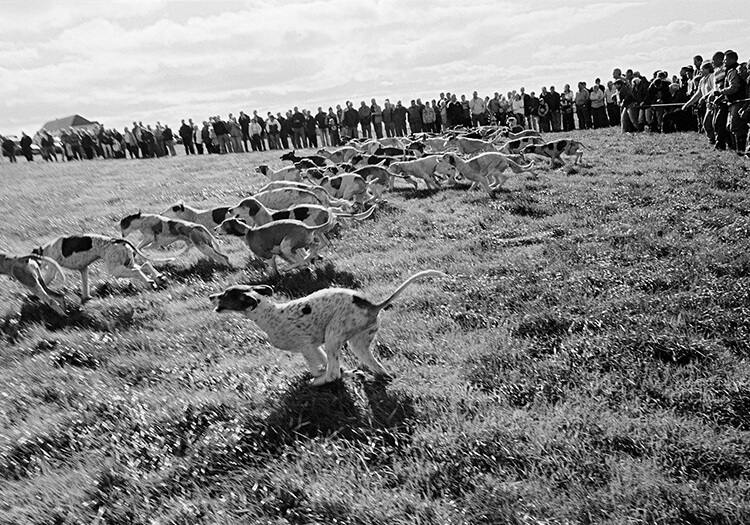
For decades, legendary Irish documentary photographer Tony O’Shea has captured the country’s annual drag hunt, and a country’s rich history along with it.
March 24, 2023
